
Planning The Ultimate Pet Friendly Yard Design
Published: 15/08/2022 | Updated: 25/04/2025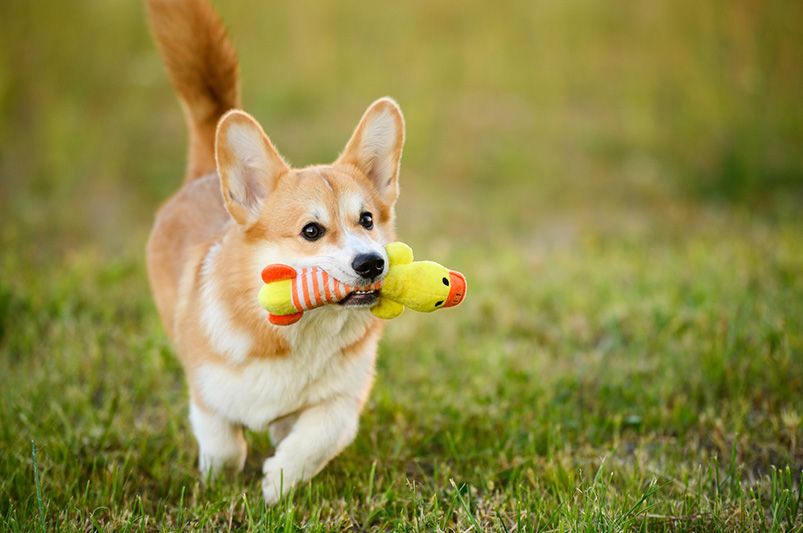
Key Highlights
-
Designing a pet-friendly yard ensures safety and comfort for furry friends.


-
Incorporate durable, non-toxic plants that survive rough play and are safe for dogs.
-
Add shelters for protection against bad weather, such as doghouses or shaded spots.
-
Implement water features to keep pets hydrated and entertained during outdoor time.
-
Choose pet-friendly ground covers to prevent damage to natural grass from urine.
-
Install fenced areas for your pets to roam freely while ensuring their safety.
Introduction
Creating a lovely outdoor space for you and your pets mixes good landscape design with useful features. For pet owners, it is important to make sure the backyard landscape works well for their furry friends. A yard that is good for pets can still look great. By making some simple changes to your garden, you can create a safe and fun place for your furry friend. This space is great for lounging, playing, and relaxing, all while keeping a healthy environment.
Essential Ideas for Designing a Pet-Friendly Yard
Designing a pet-friendly yard takes planning. You want it to be practical and nice-looking while keeping your pets safe and happy. You can improve your space by creating comfortable walkways and adding fun water features. These help make your yard both beautiful and useful.
Also, using pet-friendly plants and ground covers can help your landscape design. These plants can handle the rough play from your pets. With these features, your yard will be a safe and happy place for them to explore. You can enjoy it with them too.
1. Choose Durable, Non-Toxic Plants
Choosing the right plants for your pet-friendly yard is very important. You should pick durable plants that can stand up to rough play and won’t get damaged easily. Ornamental grasses and hardy shrubs are great options. They work well with the yard's design and can handle heavy foot traffic from your pets.
It’s also key to avoid plants that are toxic to pets. Sago palms and rhododendron are examples of plants to stay away from. Dogs like to explore things with their mouths, so using non-toxic plants is essential for their safety. Some good choices are snapdragons, marigolds, and sunflowers.
You should also think about placing plants away from typical dog paths, so they don’t get damaged. Make sure the plants are safe for your dog's paws and also look nice. This will improve the overall look of your yard. By picking pet-safe plants, you create a space where your pup can roam and play without worrying about safety or beauty.
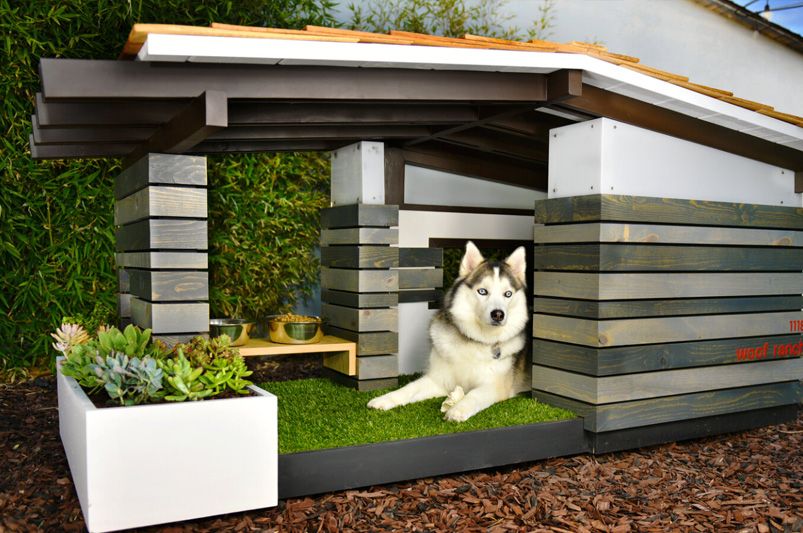
2. Incorporate Safe, Comfy Shelters
Adding warm and practical shelters to your yard protects pets from tough weather. A well-made doghouse gives your furry friend comfort when there is bad weather. This way, they can stay dry and safe. Choose strong materials that offer good insulation and durability.
For sunny days, shade solutions like pergolas or quick-growing trees provide cool places to relax. If you want a faster option, patio umbrellas or shade canopies are great choices. These let pets lounge outside comfortably.
The shelters should be placed where your pet feels safe. Many animals like to see their owners or watch the yard. Whether it is a custom doghouse or a shaded spot, comfy shelters help keep them protected and happy during outdoor time.
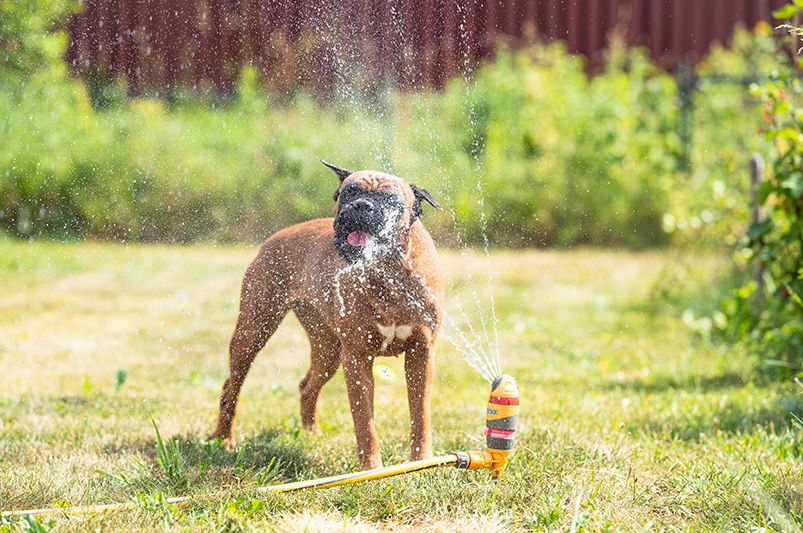
3. Include Water Features for Hydration and Play
Adding water features to your backyard not only keeps pets hydrated but also makes it fun for them. You can choose automatic watering bowls or puppy pools to help with their hydration, especially in the summer.
For some extra interest, consider adding a small pond or fountain with a pump. This can give your pups drinking water and keep them entertained. Remember to include safety features, like escape steps, to stop any accidents. Your pets will love splashing around on warm days.
Make sure that the water features fit what your pets like and are safe for them. Adding these fun additions can turn your yard into a playful oasis. A good water source increases playtime and helps keep pets healthy, mixing enjoyment with beauty.
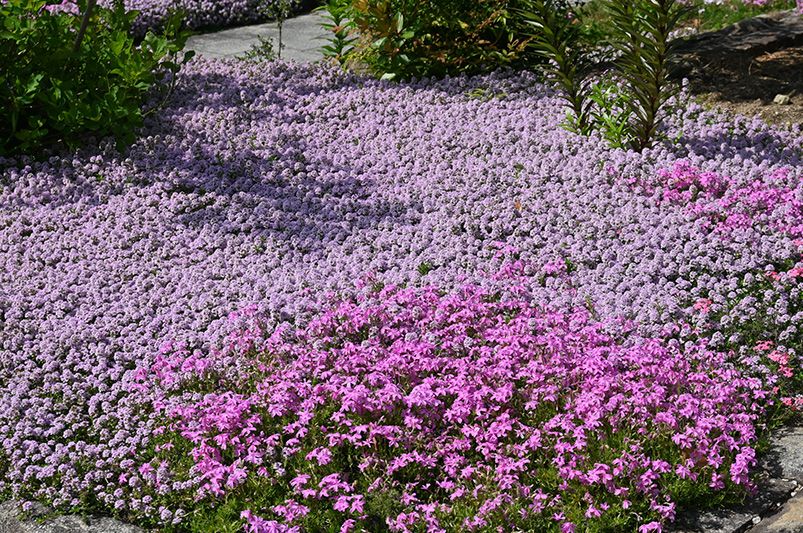
4. Use Pet-Friendly Ground Covers
Choosing the right ground covers can help solve common problems like wear, tear, and damage from dog urine. Good options include pea gravel, artificial grass, and cedar mulch. These choices are durable and easy to care for.
Pet-friendly ground covers resist damage and drain liquids well. Gravel is easy to clean, but larger dogs might find it uncomfortable over long periods. Artificial turf is great because it prevents muddy paw prints, making it a good option for busy areas.
Low-maintenance solutions can be both nice to look at and practical. For grass alternatives, flowering ground covers like Irish moss or Labrador violets are tough and pretty. With these features, you can keep your yard looking good while meeting your pup’s needs.
5. Design Pathways for Comfortable Movement
Creating pathways in your yard helps pets move around easily. It also protects other areas. Using strong materials like pavers or flagstones gives your pets a comfy surface to walk on.
Smooth pathways make it easier for pets, especially in hot weather. Cool materials can help stop them from getting too hot. These paths can also guide heavy foot traffic to certain spots, keeping your yard in good shape for longer.
By placing the pathways carefully, you let dogs patrol their favorite areas. Comfortable routes make your yard neat and fun for everyone. They also cut down on damage from pets wandering around.
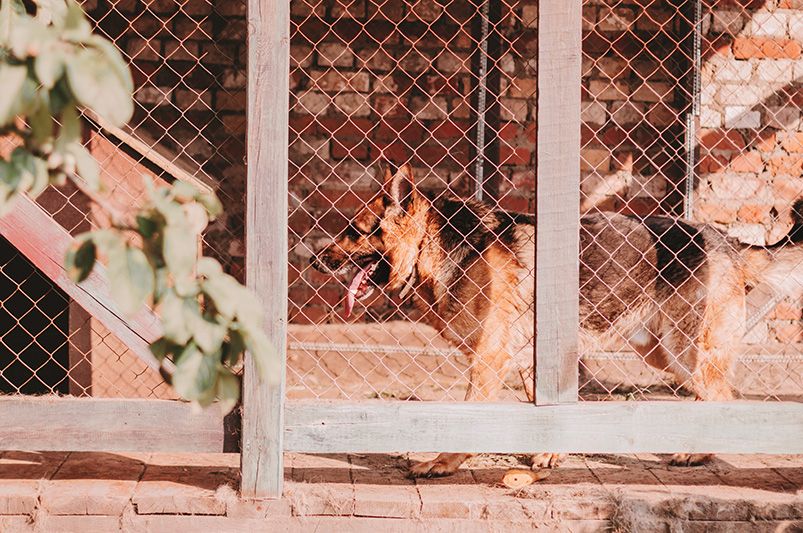
6. Add Fenced Areas to Ensure Safety
Installing fenced areas in your yard is important for keeping your pets safe while they explore. Chain-link fences are tough and hold the space securely. They also let you see out without any blockages.
For a nicer look, you might think about vinyl or wooden fences. Invisible fencing can look good, but it poses risks. Issues like electrical problems or not keeping out other animals can happen. Solid physical fences are better for safety and peace of mind.
A secure area helps keep your pets away from dangers and lets them roam freely. Fencing is vital in creating a safe and pet-friendly space that meets your family’s needs.
Planning Your Pet-Friendly Garden
A careful plan is important when setting up your pet-friendly garden. Start by considering your pet’s needs and how they behave. Some pets need space to run. Others may like to relax or dig.
Also, make sure the yard looks good and works well. Create areas for shade, water, and paths that fit your dog’s activities. This way, your garden can be comfortable for your pet and still look nice.
1. Assess Your Pet's Needs and Behavior
Knowing your pet’s habits and likes can help create a great yard. Watch what they do—do they like to run, relax, or dig? Adding specific areas, like sandboxes for digging or open spaces for running, will make them happy.
Different breeds also play a role in habits. Active breeds, like retrievers, may need more space, while smaller dogs might want a cozy spot. Making changes based on your pet’s individual traits will improve their experience.
Landscaping that fits your pet's behavior helps to connect their well-being with the yard's layout. This is an important part of making a safe and fun yard.
2. Select Plants That are Safe and Beneficial
Picking safe plants is important for a secure yard. You should stay away from toxic plants like lilies and sago palms. Instead, choose safe options like marigolds or snapdragons. These plants add bright colors and keep your pet safe.
The plants you choose should be strong, too. This is good for pets that like to chew or play hard. Groundcovers like Labrador violets are both pretty and tough.
Making sure that your plant areas are safe can help change the garden into a caring and pet-friendly place.
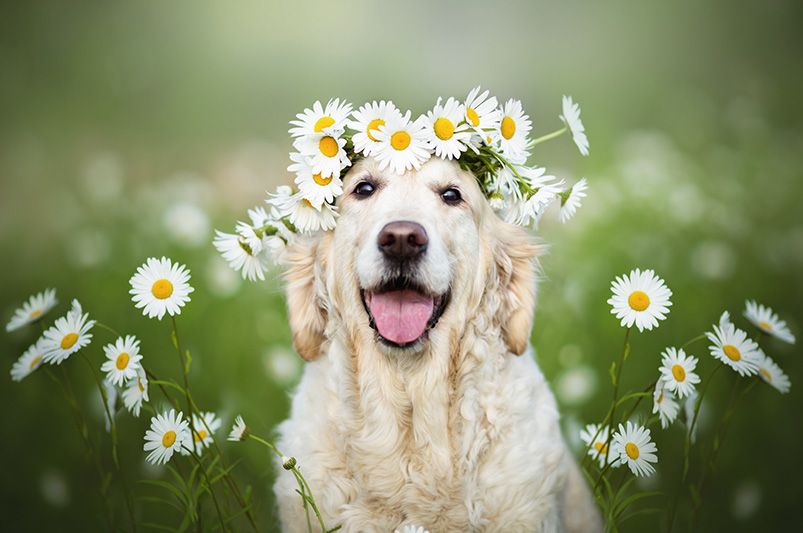
Features to Include in a Pet-Friendly Yard
Including specific features can make your yard more useful and enjoyable. Outdoor pet-washing stations help keep dirt out of your home while also improving hygiene for both pets and their owners.
Things like ramps or tunnels made for tough use can add more fun. These features help keep your pets active, engaged, and clean, making your yard work better for you.
1. Outdoor Pet Washing Stations
A pet washing station adds convenience and cleanliness to your yard. Strong setups with easy drainage help keep your pets clean and stop muddy messes from coming inside.
You can customize the stations to fit your pet's size and needs. Whether you choose a portable or fixed design, these areas make grooming easier.
Putting them near doorways means you can wash your pets quickly after they play. This design blends cleanliness into outdoor fun and improves how you use your yard.
2. Durable Outdoor Play Equipment
Active pets love to play outside. They enjoy equipment that helps them exercise. Strong ramps, tunnels, and obstacle courses are great choices because they can handle tough use.
These toys are perfect for playful breeds and help burn off extra energy when pets are not active. Use materials that last long to ensure good quality.
Think about where to place these structures. This can avoid overcrowding and make sure there are fun areas as well as peaceful spots in your yard.
Maintaining a Pet-Friendly Yard
Regular maintenance keeps your pet-friendly yard looking good and working well. By cleaning up trash, fixing spots damaged by pets, and taking care of waste, you can enjoy a safe outdoor space.
When you set up things correctly to deal with any problems, maintenance helps your pet-friendly features last longer. This way, your yard stays lively and usable all year.
1. Regular Cleaning and Maintenance Tips
Keeping your yard clean makes it easy to enjoy. Get rid of waste quickly and clear debris from paths. This makes your space cleaner and looks better.
Regular care also helps your fences and pet areas last longer. Taking care of spots your pets use a lot stops them from getting damaged as time goes on.
A tidy environment ensures a nice time outdoors for everyone. It helps cut down on future costs and makes it easier to take care of your space.
2. Managing Pet Waste Effectively
Managing pet waste well helps keep your yard safe. Set up toilet areas away from important spots to help your pet know where to go.
Choose easy-to-clean surfaces, such as pea gravel or gravel. This makes it simpler to keep things clean. Using waste bins can also help make getting rid of waste easier.
Cleaning up regularly supports good hygiene. It stops long-term problems and keeps your yard healthy.
Conclusion
Creating a pet-friendly yard is not just about looks. It’s important to give a safe and cozy place for your pets. Choose strong and safe plants that won’t harm them. Add comfortable shelters and make sure there’s enough water and play areas. This way, you can make a space that meets your pet’s needs and makes your yard nicer. Keep checking your yard regularly and change things as your pets grow and their needs change. With good planning and care, your pet-friendly area will be a great spot for both you and your pets. Share your own tips for a pet-friendly design on social media. You can inspire others to create a special place for their pets!
Frequently Asked Questions
What are the best types of fences for a pet-friendly yard?
The best fences for pets need to be strong and safe. Chain link and vinyl fences are good choices because they are affordable and provide solid protection while letting you see through them. Wooden fences can look nice, but make sure they are secure so pets can't escape. Invisible fences might make people worry about safety.
Need assistance creating a pet-friendly backyard landscape design?
At ShrubHub, we specialize in designing outdoor spaces that are as safe and enjoyable for your pets as they are beautiful for you. Our expert team will work with you to create a customized, pet-friendly landscape that features durable, non-toxic plants, secure fencing, shady retreat areas, and soft surfaces perfect for paws. Whether you’re looking to add playful features, pet-safe gardens, or functional outdoor spaces that accommodate your furry friends, ShrubHub makes it easy to bring your vision to life. Let us help you design a backyard that both you and your pets will love!


